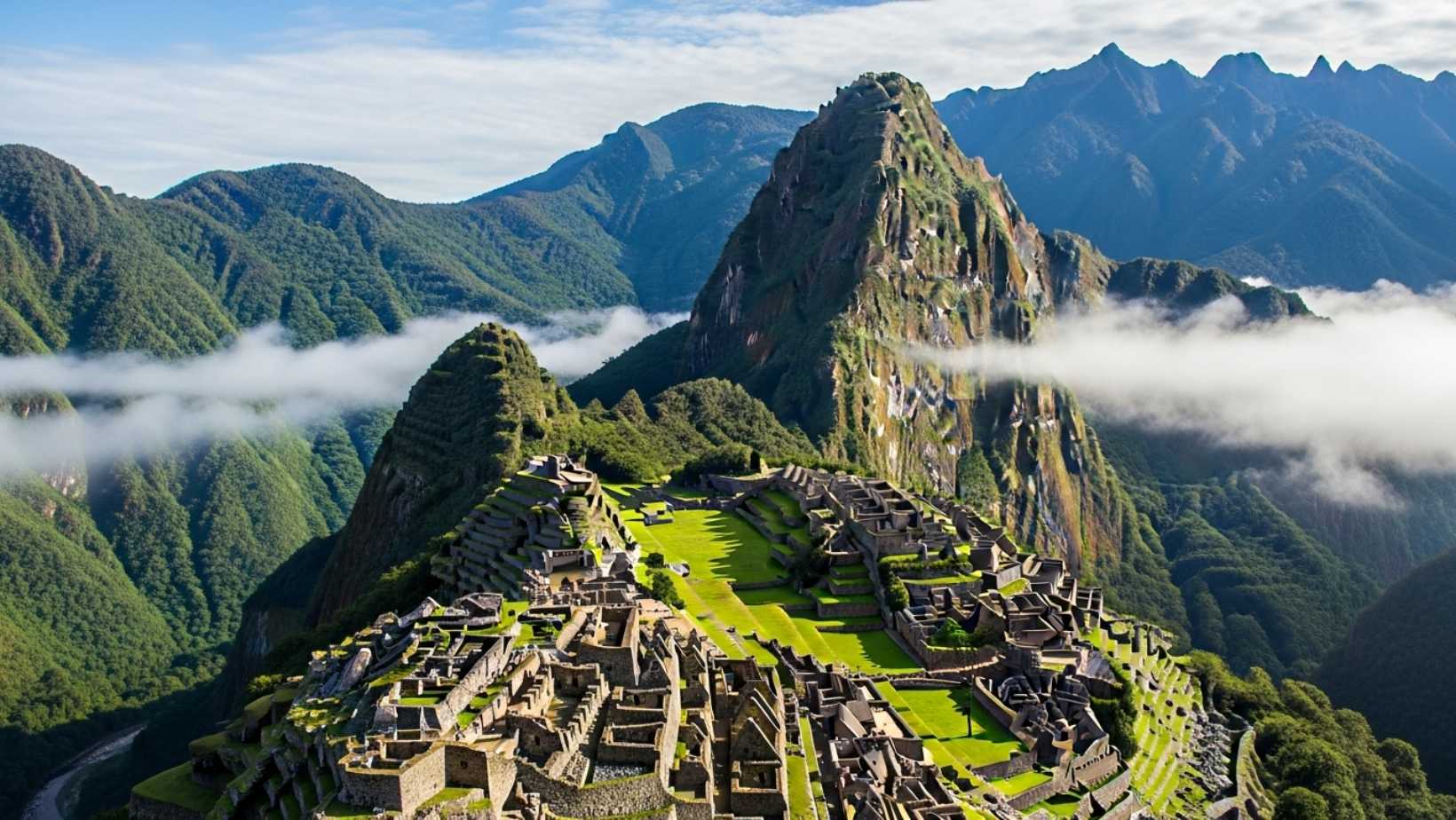While countless travelers queue for hours at Peru’s most famous ruins, hiking permits in hand and selfie sticks ready, an older and far more mysterious archaeological site waits in Colombia’s Sierra Nevada mountains. This pre-Columbian city requires no advance booking system because the jungle itself acts as the ultimate filter—you’ll need four days of serious trekking just to reach the first stone terrace.
Discovered accidentally by treasure hunters in 1972, these ruins predate their Peruvian counterpart by 650 years. I remember my first approach through the dense canopy, sweat-soaked and wondering if my legs would forgive me. The isolation felt absolute, nothing like the tourist infrastructure that’s transformed other archaeological sites into open-air museums.
You’ll earn every single one of those 1,200 stone terraces through jungle trekking
The four-day trek to reach Ciudad Perdida isn’t some marketing gimmick—it’s genuinely the only way in. No helicopters, no cable cars, no air-conditioned buses dropping you at a visitor center. I’ve guided groups through this route dozens of times, and the physical challenge never diminishes.
You’ll cross the same river multiple times, sometimes waist-deep in rushing mountain water that’s shockingly cold despite the tropical heat. The trail climbs relentlessly through primary rainforest where howler monkeys announce your presence long before you see them. Unlike hidden European villages, there’s no shortcut here.
Small guided groups—never more than a dozen people—sleep in basic camps along the route. The limited group sizes mean you’ll actually experience silence in the jungle, something impossible at overcrowded sites. I’ve watched sunrise from these camps where the only sounds are birds and the distant rush of water, a far cry from the dawn crowds at more famous ruins.
This archaeological site was thriving when Europe was still in the Dark Ages
Built around 800 CE by the Tairona people, these terraces and plazas were already ancient when the Inca began constructing Machu Picchu in 1450. The scale surprises everyone—1,200 terraces carved into the mountainside, connected by stone staircases that have survived centuries of jungle growth. The engineering rivals anything the Inca achieved, yet most people have never heard of it.
What fascinates me most is how the site remained completely unknown to modern archaeology until 1972. Treasure hunters stumbled upon it while following rumors of gold, and suddenly the world had to rewrite its understanding of pre-Columbian Colombia. The discovery was so recent that scholars are still piecing together the Tairona civilization’s story.
Indigenous Kogi people, descendants of the Tairona, still consider this mountain sacred. You’ll see them on the trail occasionally, moving through terrain that would exhaust most visitors. Their presence adds a living cultural dimension missing from many archaeological sites, similar to the way indigenous communities preserve ancient traditions in other parts of Latin America.
You’ll share these ruins with a handful of people instead of thousands
The physical barrier of the four-day trek naturally limits visitor numbers to a fraction of what more accessible sites receive. When you finally reach the main plaza, you might encounter 20 or 30 other people maximum—on a busy day. Compare that to the thousands who crowd Peru’s star attraction daily.
This exclusivity isn’t manufactured or artificial. The Colombian government and local indigenous communities have deliberately chosen not to build roads or develop tourism infrastructure. The jungle’s difficulty protects the site better than any entrance fee system ever could.
I’ve stood on those ancient terraces at dawn when fog fills the valleys below, and the only other humans visible are your small group and perhaps one other. The experience feels genuinely transformative, the kind of discovery that changes your perspective on what authentic archaeological tourism can be. Your legs will ache for days afterward, but that physical memory becomes part of the story—you earned this view through effort, not a credit card transaction.
The trek back down takes two days, and by then you’ll understand why this site has remained relatively unknown despite its historical significance. Not everyone wants to work this hard for their ruins, and honestly, that’s what keeps Ciudad Perdida special.
